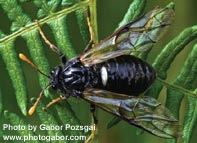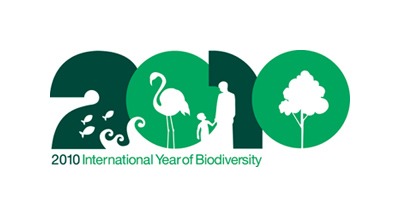


.jpg)
What is biodiversity?
Biodiversity is a term used to describe the variety of different organisms. It covers plants, animals and insects from ancient pine trees to the bacteria in the soil. Some of this biodiversity is exploited for food, timber or for tourism; other parts of biodiversity regulate nutrient supply in our soils and purify our water.
Biodiversity is our life
Biodiversity is the variety of life on Earth. It is essential for sustaining the natural living systems or ecosystems that provide us with food, fuel, health, wealth, and other vital services.
Humans are part of this biodiversity too and have the power to protect or destroy it. Currently, our activities are destroying biodiversity at alarming rates. These losses are irreversible, impoverish us all and damage the life support systems we rely on. But we can prevent them.
We need to reflect on our achievements to safeguard biodiversity and focus on the urgent challenges ahead. To help do so, 2010 has been declared the International Year of Biodiversity (IYB) by the United Nations.
Visit the website of IYB-UK, which is the UK partnership supporting IYB.
The IYB-UK partnership is coordinated by the Natural History Museum.
This year coincides with the 2010 biodiversity target adopted by the Parties to the Convention on Biological Diversity and by Heads of State and Government at the World Summit for Sustainable Development in Johannesburg in 2002. The celebrations will seek to raise public awareness of the importance of biological diversity to human well-being.
Working for Scotland’s Biodiversity
Scotland’s natural heritage can be best protected and enhanced through the evidence provided by research. We need to understand what biodiversity is present, and what regulates interactions within and between species, as well as between species and their environment. We also need to determine how biodiversity might be impacted by climate change and how it can best be conserved and managed.
View a selection of posters outlining Biodiversity: Nature’s Network.
 The IYB logo
The IYB logo
Elements within the logo capture examples of biodiversity, both those that contribute to human well-being, as well as those that capture the intrinsic value of biodiversity.
The fish represent the biodiversity of marine ecosystems, and the waves reminding us of the importance of water. Together they demonstrate the value of biodiversity for human well-being. The flamingo illustrates the value of biodiversity for ecotourism
The tree figure demonstrates the importance of forest ecosystems. An adult and a child are included to show that humans have a close relationship with biodiversity and that its conservation, sustainable use and the equitable sharing of its benefits are important for present and future generations.
|
Updated: 23 Jan 2024, Content by: CN
|

